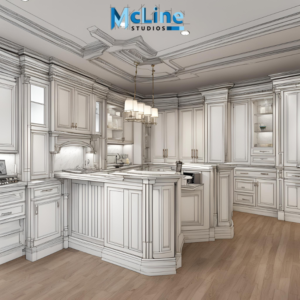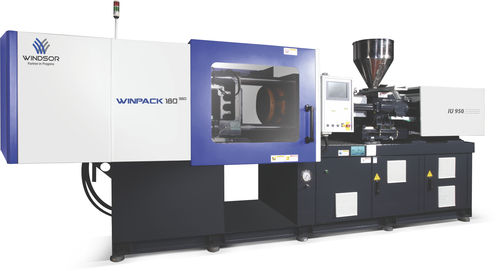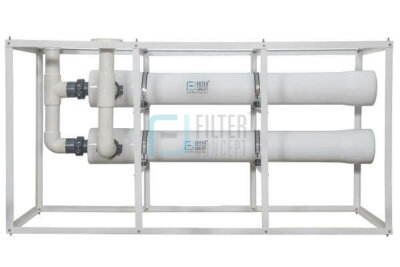What are the key changes in Millwork Drafting Standards over the years?

Millwork drafting plays a critical role in the construction and design industries, providing detailed specifications and guidelines for the fabrication and installation of custom woodwork and other architectural elements. This specialized area of drafting encompasses a wide range of products, including cabinetry, moldings, staircases, and other intricate woodwork features that are integral to both residential and commercial buildings.
Understanding the evolution of millwork drafting standards is essential for professionals in the field. Over the years, these standards have undergone significant changes driven by advancements in technology, shifts in materials and techniques, and evolving regulatory requirements.
Early days of hand-drawn blueprints to the sophisticated computer-aided designs of today, each phase of development has introduced new practices and expectations that have shaped the industry.

Key Milestones in the Evolution of Millwork Drafting Standards
Key milestones in the evolution of millwork drafting standards mark significant turning points that have shaped the industry’s practices and standards over time.
Mid-20th Century Developments
Introduction of New Materials and Techniques
- The mid-20th century saw the adoption of new materials such as plywood and particleboard, which required updates to drafting standards to account for different properties and construction techniques.
- Innovations in joinery and the use of adhesives began to influence the ways millwork was drafted and assembled.
Changes in Architectural Styles
- Post-war architectural styles, such as mid-century modern, brought a focus on clean lines and minimalistic designs. These stylistic shifts necessitated changes in millwork drafting to reflect new aesthetic preferences and functional requirements.
Late 20th Century Innovations
Advancements in Drafting Technology
- The advent of Computer-Aided Design (CAD) software revolutionized millwork drafting by enhancing precision, reducing manual errors, and improving efficiency.
- CAD allowed for more complex and detailed designs, leading to higher standards in the quality and consistency of millwork.
Shifts in Building Codes and Regulations
- Increasingly stringent building codes and regulations, aimed at improving safety and accessibility, required more detailed and compliant millwork drafting.
- Standards were updated to ensure that millwork components met these new regulatory requirements, impacting everything from materials to installation procedures.
Early 21st Century Trends
Integration of Sustainability and Green Building Practices
- The early 21st century brought a growing emphasis on sustainability in construction. Standards were updated to incorporate environmentally friendly materials and practices, such as the use of FSC-certified wood and low-VOC finishes.
- Green building certifications, such as LEED, influenced millwork drafting by requiring detailed documentation and compliance with environmental standards.
Increasing Emphasis on Precision and Efficiency
- Advances in manufacturing technology, such as CNC machining, demanded higher precision in millwork drafting. Standards evolved to include tighter tolerances and more exact specifications.
- The focus on efficiency in production and installation processes led to the development of standardized components and modular systems in millwork drafting.
Technological Advancements and Their Impact
The transition from Hand Drafting to CAD
- The widespread adoption of CAD marked a significant shift in the industry. Drafting standards were updated to leverage the capabilities of digital tools, including the ability to create detailed 3D models and simulations.
- The transition improved collaboration and communication among architects, designers, and fabricators, leading to more cohesive and accurate millwork projects.
Introduction of Building Information Modeling (BIM)
- BIM technology further transformed millwork drafting by enabling comprehensive project management and coordination. Standards were updated to include requirements for BIM integration, facilitating better planning and resource allocation.
- BIM allowed for real-time updates and clash detection, reducing errors and ensuring that millwork components fit seamlessly into the overall building design.
Changes in Materials and Techniques
Adoption of Engineered Wood Products and Composites
- The development and use of engineered wood products, such as MDF and LVL, required new standards to address their unique properties and applications.
- Composites and other innovative materials expanded the possibilities for millwork design, prompting updates to drafting standards to incorporate these new options.
Innovations in Joinery and Assembly
- Advances in joinery techniques, including the use of dowels, biscuits, and pocket screws, influenced drafting standards by providing more reliable and efficient methods of assembly.
- Prefabrication and modular construction methods required changes in drafting standards to ensure that components could be easily assembled on-site.
Sustainability and Environmental Considerations
Rise of Sustainable Building Practices
- Inclusion of LEED and Other Green Building Standards**
- The Leadership in Energy and Environmental Design (LEED) certification has become a benchmark for sustainable building practices. Millwork drafting standards have been updated to align with LEED requirements, promoting the use of sustainable materials and practices.
Impact on Material Selection and Drafting Standards
- Sustainable building practices prioritize the use of environmentally friendly materials, such as FSC-certified wood, reclaimed wood, and low-emission finishes. Drafting standards now include specifications for these materials to ensure compliance with sustainability goals.
- The emphasis on reducing environmental impact has led to the adoption of life cycle assessment (LCA) in millwork drafting, where the environmental impact of materials is evaluated from extraction through disposal.
Environmental Regulations
Changes in Standards to Reduce Environmental Impact
- Regulations aimed at reducing the environmental footprint of construction have led to updates in millwork drafting standards. These include requirements for waste reduction, energy efficiency, and the use of renewable resources.
- Standards now often mandate the use of recyclable materials and the implementation of sustainable construction practices, such as modular design and prefabrication, which minimize waste and improve resource efficiency.
Requirements for Waste Reduction and Energy Efficiency
- Drafting standards increasingly incorporate guidelines for minimizing waste during fabrication and installation. This includes optimizing material use, reducing offcuts, and planning for the reuse of scraps.
- Energy efficiency in millwork production is also a key consideration. Standards now address the energy consumption of manufacturing processes and encourage the use of energy-efficient machinery and practices.
Sustainable Manufacturing Processes
Eco-Friendly Fabrication Techniques
- Advances in manufacturing technology have facilitated more eco-friendly fabrication techniques, such as water-based finishes, low-energy CNC machines, and automated cutting that minimizes material waste. Drafting standards have been updated to incorporate these techniques.
- The adoption of digital fabrication tools allows for more precise and efficient production, reducing the overall environmental impact of millwork.
Recycling and Reuse of Materials
- The principles of the circular economy are increasingly being applied to millwork drafting. Standards now encourage the use of recycled and upcycled materials, as well as designing for disassembly
- Drafting standards also promote the specification of materials that can be easily separated and recycled, contributing to overall waste reduction and sustainability.
Conclusion
The evolution of millwork drafting standards reflects the dynamic nature of the construction and design industries. Early days of hand-drawn blueprints to the advanced computer-aided designs and BIM integration of today, significant milestones have shaped the way millwork is conceptualized, fabricated, and installed.
Key developments include the introduction of new materials and techniques, advancements in drafting technology, and shifts in building codes and regulations.
The integration of sustainability practices and environmental considerations has further influenced drafting standards, promoting the use of eco-friendly materials and efficient manufacturing processes.
As technology and industry practices continue to evolve, professionals must stay updated with current standards to ensure quality, compliance, and innovation in their work. The ongoing adaptation to new standards not only enhances the precision and efficiency of millwork projects but also contributes to the broader goals of sustainability and environmental stewardship in construction.
Read for more article





